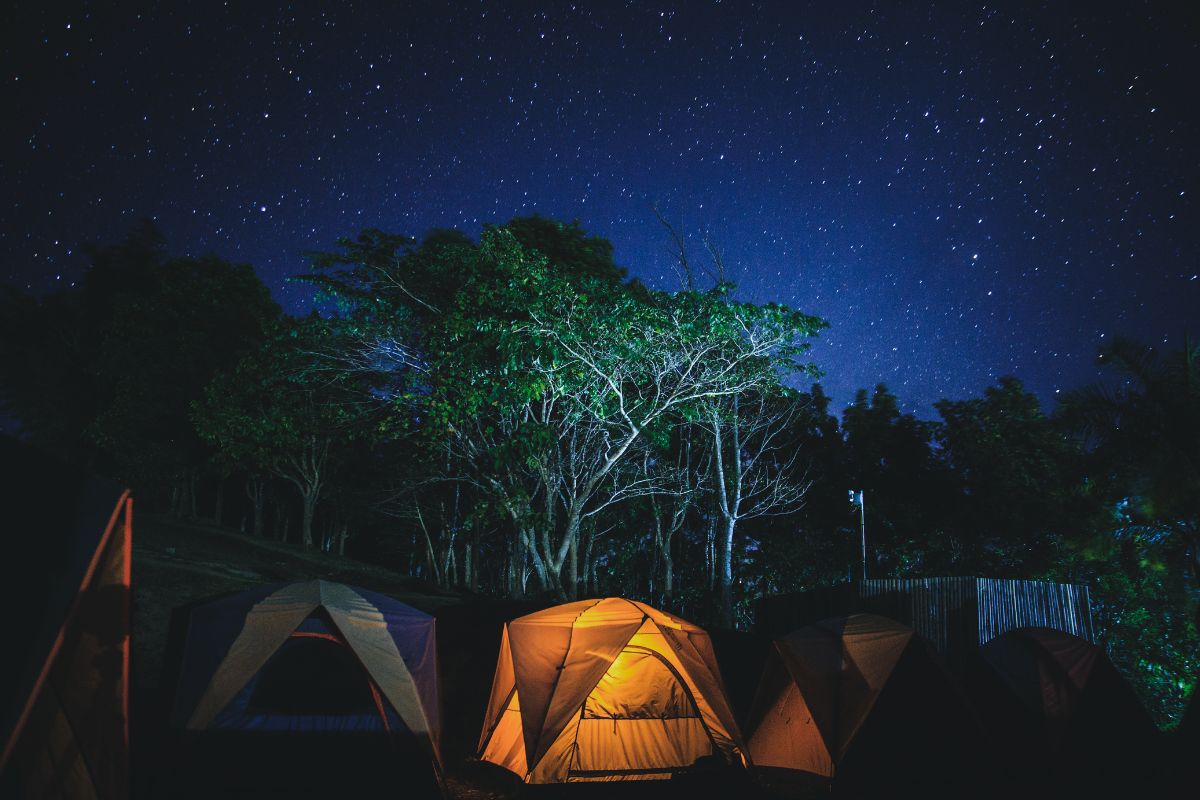

Noctourism (short for “nocturnal tourism”) refers to travel and visitor experiences that center on the hours after sunset — from guided stargazing and bioluminescent boat trips to curated late-night museum visits and night-market culinary trails. It reframes the destination experience by using darkness, nightscapes, and after-hours culture as the core attraction rather than a side activity.
This movement has shifted from novelty to mainstream in the past two years, driven by traveler demand for unique, lower-light experiences and destinations looking to extend the visitor day.
Three converging drivers explain noctourism’s rapid expansion:
Also read: Plant-Based Diets in 2025: Evidence, Benefits, and a Practical Blueprint for Daily Eating
Noctourism helps destinations diversify income, spread visitor flows outside peak hours, and create jobs in hospitality, transport, retail, and creative industries. By extending operating hours for cultural venues and developing night-friendly transport, destinations capture additional spending on food, tours, and late-hour experiences—improving overall yield per visitor. Well-managed noctourism can also relieve daytime congestion in over-visited sites by shifting some demand into the evening.
Nighttime tourism carries clear environmental risks, particularly from artificial light at night (ALAN). Light pollution disrupts wildlife (migration, breeding, and feeding cycles), alters plant behaviour, and can degrade the very dark-sky assets tourists come to see. To balance growth and protection, destinations are adopting science-based lighting practices and policy tools—examples include national light-pollution guidelines and the International Dark Sky Places program, which certifies areas that protect natural darkness through responsible lighting.
Responsible noctourism requires route planning, restricted group sizes, dimmed or shielded lighting, and education for visitors about noise and white-light avoidance.
Regions that have invested in dark-sky certification and nighttime programming are seeing success. Utah, for instance, has promoted its parks and towns as dark-sky destinations—leveraging certification, stargazing even, and nighttime park experiences to attract visitors year-round.
These programs illustrate how policy, market, and local business coordination can turn natural darkness into a marketable, sustainable asset.
We recommend five practical principles for destinations and operators:
Noctourism is maturing from a niche curiosity to a strategic product line for many destinations. Expect continued growth in night-driven travel experiences, more formal certification and policy responses to light pollution, and a greater role for technology (apps that map dark sites, reservation platforms for limited-entry night tours).
At the same time, external pressures—rising satellite constellations, urban expansion, and unmanaged visitor growth—will require active governance if noctourism is to remain authentic and sustainable.
Also read: “Date Them ‘Til You Hate Them”: The Toxic Breakup Trend Taking Over Modern Dating
Noctourism offers a high-value, low-footprint expansion of what travel can be: an invitation to experience places when they feel most intimate, mysterious, and ecologically revealing. When created in a way that is based on conservation science, community involvement, and clear operating standards, it creates jobs, brings people together, and protects nightscapes for future generations.
We suggest that places plan nocturism strategically, follow dark-sky principles, and put monitoring first so that the night stays a benefit of tourist growth and not a loss.